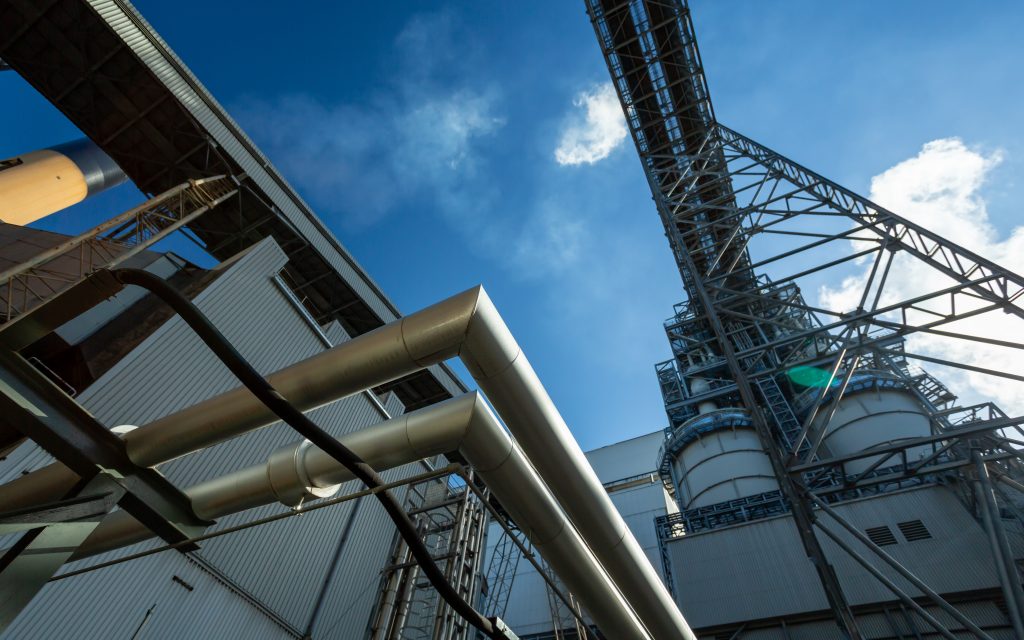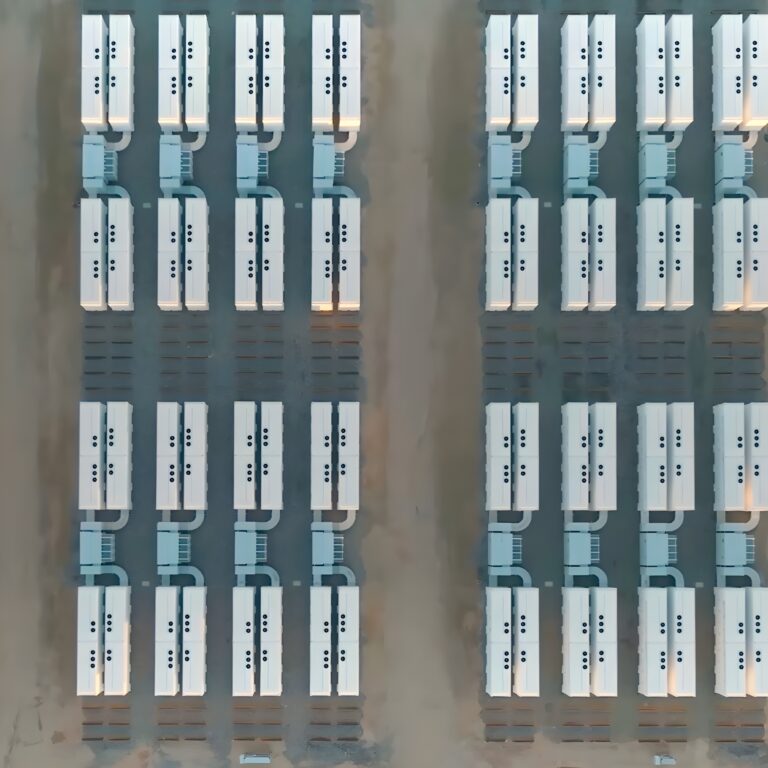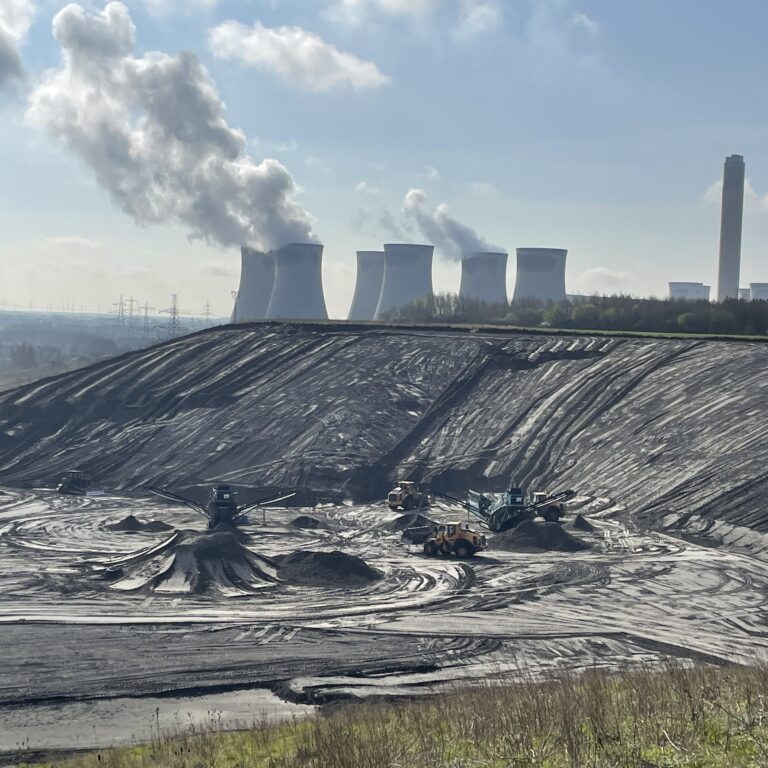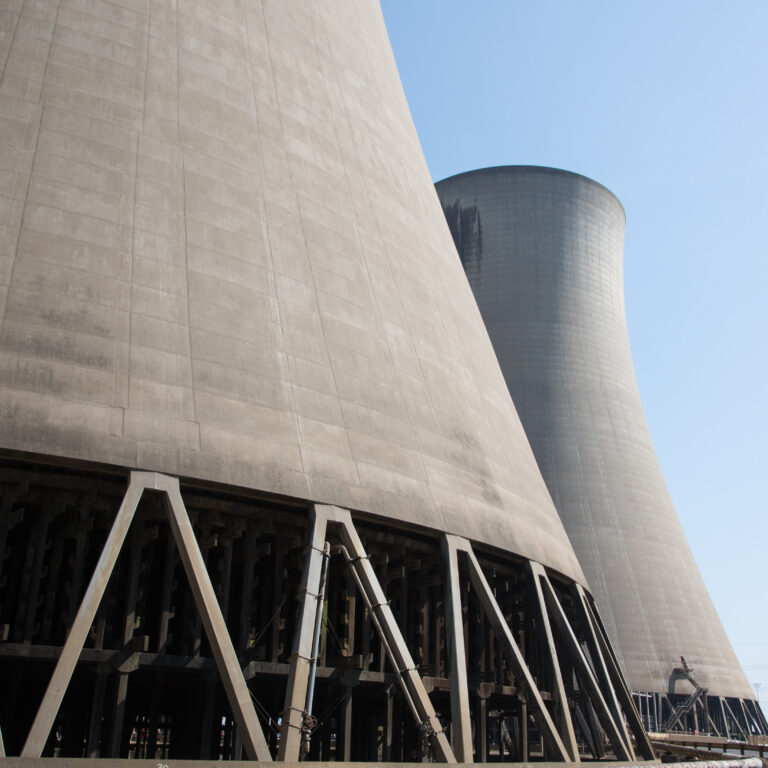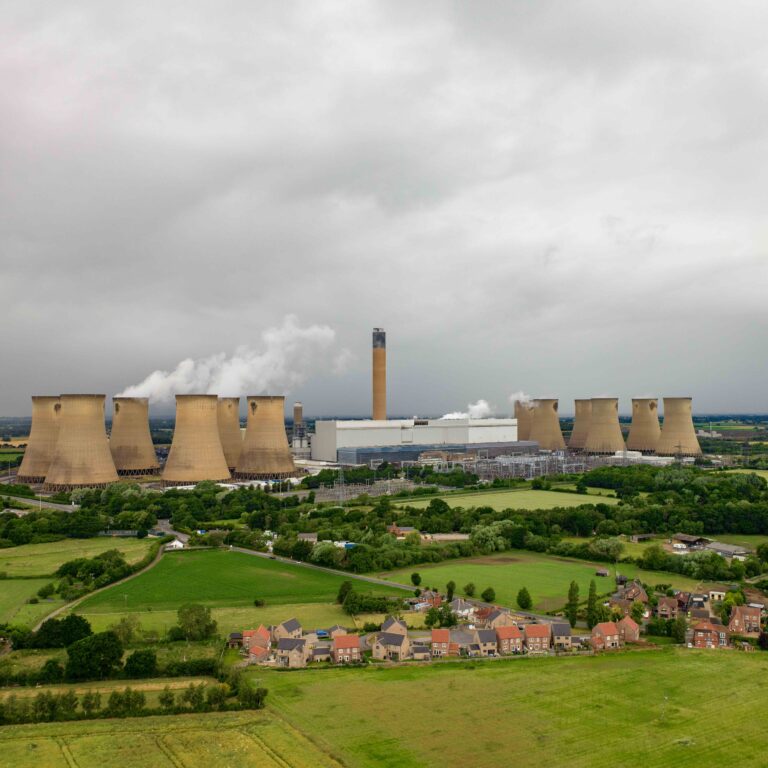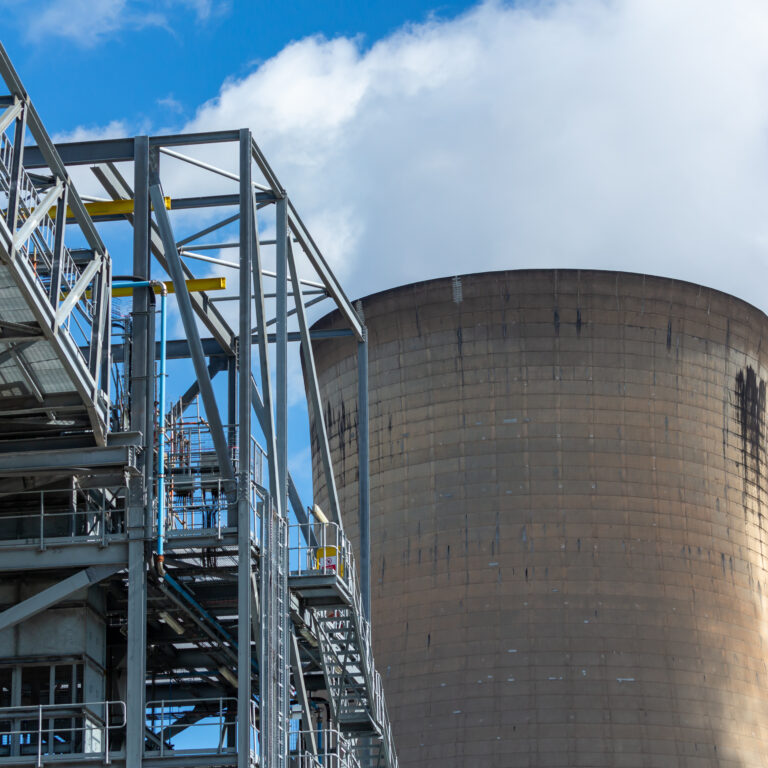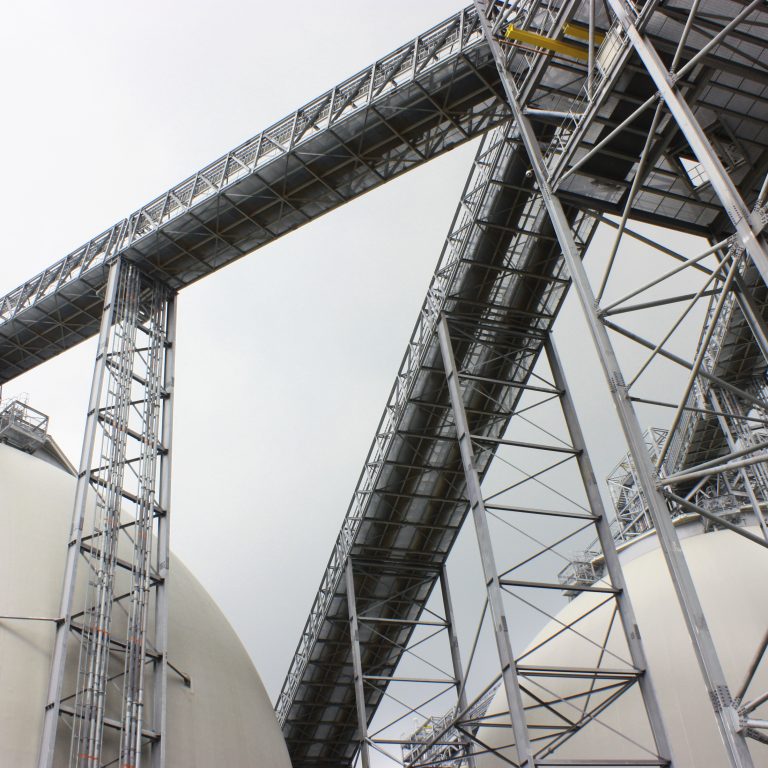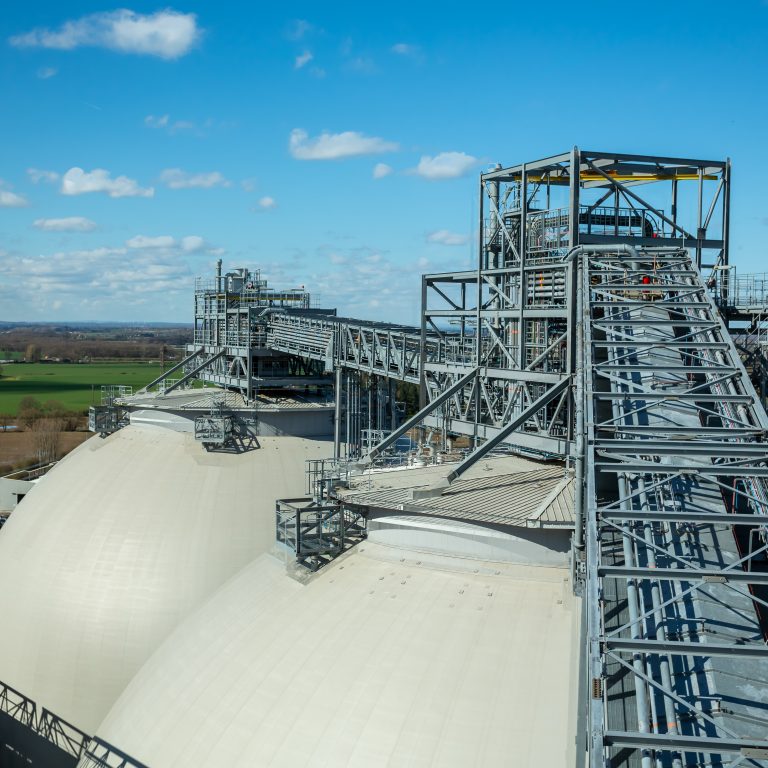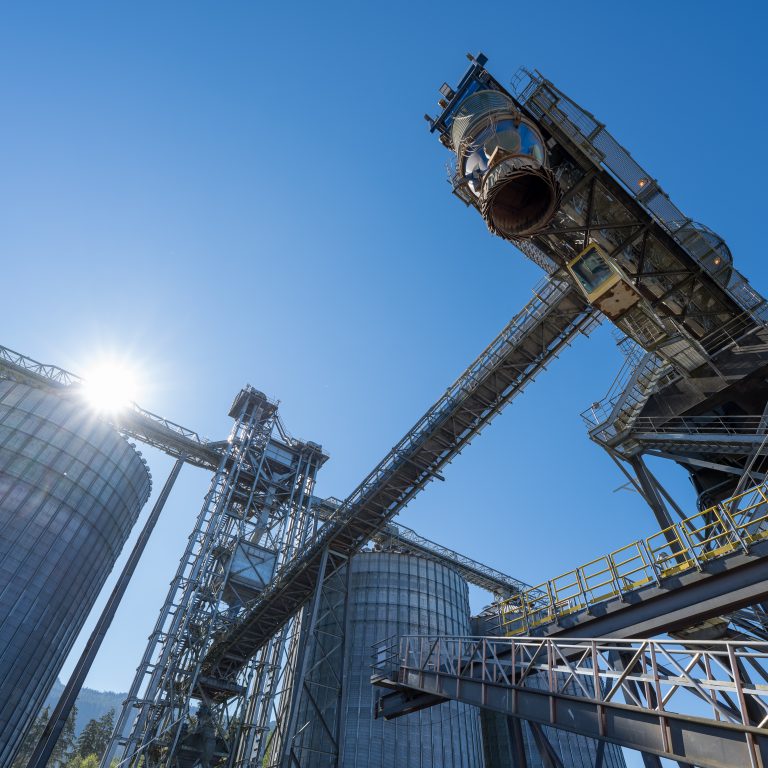RNS Number: 3301H
Drax Group plc
(“Drax” or the “Group”; Symbol:DRX)
| Six months ended 30 June | 2023 | 2022 |
|---|---|---|
| Key financial performance measures | ||
| Adjusted EBITDA (£ million)(1)(2)(excl. Electricity Generator Levy) (EGL)(3) | 453 | 225 |
| Adjusted EBITDA (£ million)(1)(2)(incl. EGL) | 417 | 225 |
| Net debt (£ million)(4) | 1,274 | 1,116 |
| Adjusted basic EPS (pence)(1) | 46.0 | 20.0 |
| Dividend (pence per share) | 9.2 | 8.4 |
| Total financial performance measures from continuing operations | ||
| Operating profit (£ million) | 392 | 207 |
| Profit before tax (£ million) | 338 | 200 |

Will Gardiner, Drax Group CEO
Will Gardiner, CEO of Drax Group, said:
“In the first half of 2023, we delivered a strong system support and generation performance, providing dispatchable, renewable power for millions of UK homes and businesses. Drax Power Station remained the UK’s single largest provider of renewable energy by output during the period.
“We continue to focus on our role as the UK’s leading generator of flexible renewable power and our ambition to be a world leader in carbon removals. To that end, in the US, we have made good progress screening options for BECCS projects which can deliver long-term, large-scale carbon removal and attractive opportunities for growth.
“We are excited about the opportunity for BECCS in the UK and are in formal discussions with the UK Government to facilitate the transition to BECCS at Drax Power Station by 2030. Our plans could create thousands of new jobs in the Humber region, help the UK meet its carbon removals targets and support long-term energy security.”
Financial highlights – strong financial performance and returns to shareholders
- Adjusted EBITDA (excl. EGL) of £453 million up 101% (H1 2022: £225 million)
- Driven by system support services and dispatchable, renewable generation
- Strong liquidity and balance sheet – £586 million of cash and committed facilities at 30 June 2023
- Expect Net debt to Adjusted EBITDA (incl. EGL) to be significantly below 2 times target at the end of 2023
- Sustainable and growing dividend – expected full year dividend up 10% to 23.1 p/share (2022: 21.0 p/share)
- Interim dividend of 9.2 p/share (H1 2022: 8.4 p/share) – 40% of full year expectation
- £150 million share buy-back programme ongoing(5)
2023 outlook
- Full year expectations for Adjusted EBITDA and EGL unchanged and in line with analysts’ consensus estimates(6), inclusive of increased development expenditure on US BECCS
- For the remainder of 2023 Drax will present Adjusted EBITDA including and excluding EGL
Progressing options for £7 billion of strategic growth opportunities 2024-2030, primarily BECCS
- Ambition for the development of over 20Mt pa of carbon removals – 14Mt pa by 2030
- New-build BECCS – two sites selected in US – targeting c.6Mt pa by 2030
- Evaluating additional sites for greenfield and brownfield BECCS in US
- Drax Power Station – targeting 8Mt pa by 2030
- Targeting 8Mt pa of pellet production capacity and 4Mt pa of third-party sales by 2030
- Targeting 600MW expansion of Cruachan Pumped Storage Power Station by 2030
- Planning approval granted (July 2023)
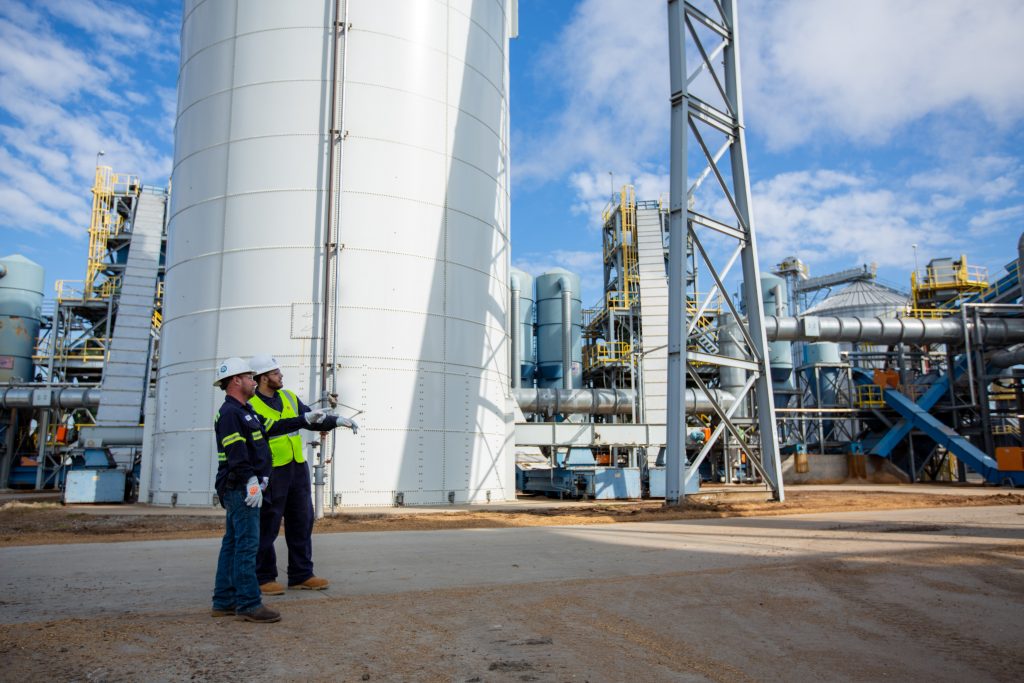
UK BECCS
- UK BECCS investment paused, subject to further clarity on support for BECCS at Drax Power Station
- Formal discussions with UK Government – bridging mechanism between end of current renewable schemes in 2027 and BECCS
Operational review
Pellet Production – production and sales supporting UK generation, and sales to third parties
- Adjusted EBITDA £48 million (H1 2022: £45 million)
- Integrated supply chain model supports resilience and opportunities in a challenging market
- Producer, user and seller of biomass pellets across multiple international markets
- Production of 1.9Mt (H1 2022: 2.0Mt)
- Unplanned outages, wind damage at Port of Baton Rouge and temporary suspension of production at one site due to wildfires, partially offset by production at the Demopolis plant
- Ongoing disruption in H2 from wildfires and industrial action by Canadian transport workers in July
- Increase in production cost (maintenance, labour, transport, energy and fibre costs) offset by revenue growth
- Progressing development of new Longview pellet plant and Aliceville expansion
- Investment of c.$300 million, operational 2025, 0.6Mt of new capacity
- Third-party sales – heads of terms agreed for sale of 0.5Mt of biomass over five years to a Japanese customer

Generation – renewable generation and system support services
- UK’s largest source of renewable power by output, primarily biomass generation at Drax Power Station
- 9% of annualised UK renewables(7)
- Adjusted EBITDA (excl. EGL) £457 million up 123% (H1 2022: £205 million)
- Adjusted EBITDA (incl. EGL) £421 million up 106% (H1 2022: £205 million, £nil EGL)
- Biomass generation – strong system support and renewable generation performance
- Period-on-period reduction in generation
- Maintenance – first major planned outage completed, second major planned outage in H2 2023 and forced outage on one unit due to a transformer issue – unit back in service
- Higher achieved power price and value from system support
- Higher biomass costs
- Period-on-period reduction in generation
- Pumped storage and hydro – strong system support and generation performance
- £154 million Adjusted EBITDA (excl. EGL) (H1 2022: £53 million)
- Includes forward sale of peak power (winter 2022)
- Increased level of wind capacity, intermittency and volatility underpin long-term need for dispatchable generation
- Coal – no generation in 2023 – currently decommissioning following formal closure (March 2023)
- As at 21 July 2023, Drax had 28.1TWh of power hedged between 2023 and 2025 on its ROC, pumped storage and hydro generation assets at an average price of £150.0/MWh(8)
- Excludes sales under the CfD mechanism, which remains available subject to good ROC unit operational performance and market conditions
| Contracted power sales 21 July 2023 | 2023 | 2024 | 2025 |
|---|---|---|---|
| Net ROC, hydro and gas (TWh(8/9/10)) | 11.7 | 11.2 | 5.2 |
| Average achieved £ per MWh | 162.7 | 147.5 | 126.2 |
| Lower expected level of ROC generation in 2023 due to major planned outages on two units |

Customers – renewable power sales to high-quality Industrial & Commercial (I&C) customers
- Adjusted EBITDA of £37 million (H1 2022: £24 million) reflects continued improvement in I&C portfolio
- 8.0TWh of power sales to I&C customers – c.16% increase compared to H1 2022 (6.9TWh)
Other financial information
Adjusted EBITDA and EGL
- Accrued costs for EGL for the first time in H1 2023 and reported EGL within Adjusted EBITDA
- H1 charge of £35 million
- H2 charge expected to increase significantly reflecting higher achieved power price in H2
- For the remainder of 2023 Drax will present Adjusted EBITDA including and excluding EGL
Profits
- Total operating profit of £392 million (H1 2022: £207 million), including £85 million mark-to-market gain on derivative contracts
- Total profit after tax of £247 million (H1 2022: £148 million profit after tax, including an £8 million non-cash charge from revaluing deferred tax balances) includes an increase in the headline rate of corporation tax in the UK from 19% to 25% from 1 April 2023
- Depreciation and amortisation of £109 million (H1 2022: £121 million)
Capital investment
- Capital investment of £210 million (H1 2022: £60 million) – primarily maintenance and development of OCGTs
- 2023 expected capital investment of £520-580 million
- Includes £120-140 million maintenance, including two major planned outages on biomass units; £30 million enhancements; £340-380 million strategic, including OCGT and pellet plant developments
- OCGTs – c.900MW – three new-build sites in England and Wales, commissioning in 2024 – continuing to evaluate options for these projects, including their potential sale
- Reduction in expected annual investment due to pause in investment in UK BECCS
Cash and interest
- Group cost of debt c.4.6%
- Cash generated from operations £404 million (H1 2022: £185 million)
- Net debt of £1,274 million (31 December 2022: £1,206 million), including cash and cash equivalents of £125 million (31 December 2022: £238 million)
Capital allocation policy – unchanged
- Continue to assess capital requirements in line with the current policy
- Considerations include the timing of capital deployment, leverage profile, any dilution from share issuance and divestment of non-core assets







